Wear OS Weekly
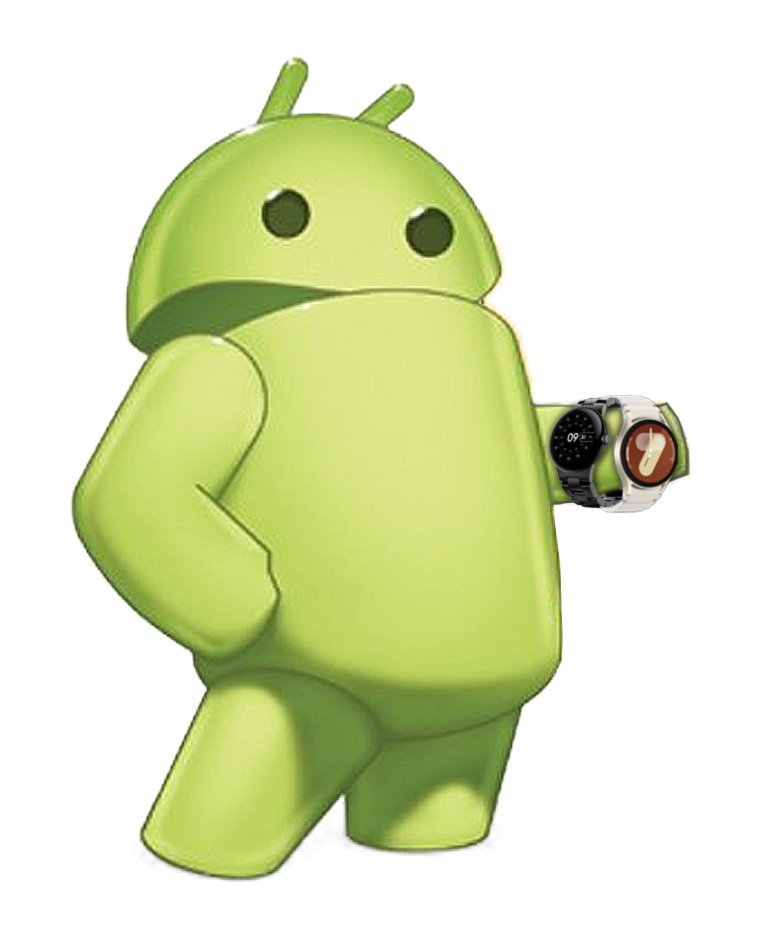
In this weekly column, we explore the latest in Wear OS, covering new updates, features, and apps that deserve your attention.
This month, the One UI Watch 8 beta is set to launch, introducing a host of health, sleep, fitness, and nutritional tools. Unfortunately, it’s limited to the Galaxy Watch 5 and newer. So, will the Galaxy Watch 4 get a final update, or is it locked to Wear OS 5? The resolution of this inquiry will have wider implications for Wear OS.
Since the launch of the Galaxy Watch 4 in summer 2021 with Wear OS 3, Samsung has guaranteed “four years of major updates” in its announcements. Following upgrades to Wear OS 3.5, 4, and 5, it seemed logical to expect Wear OS 6 would be its fourth significant update.
However, the Galaxy Watch 4 received One UI 6 Watch only in December 2024, which would extend beyond the promised four-year update window.
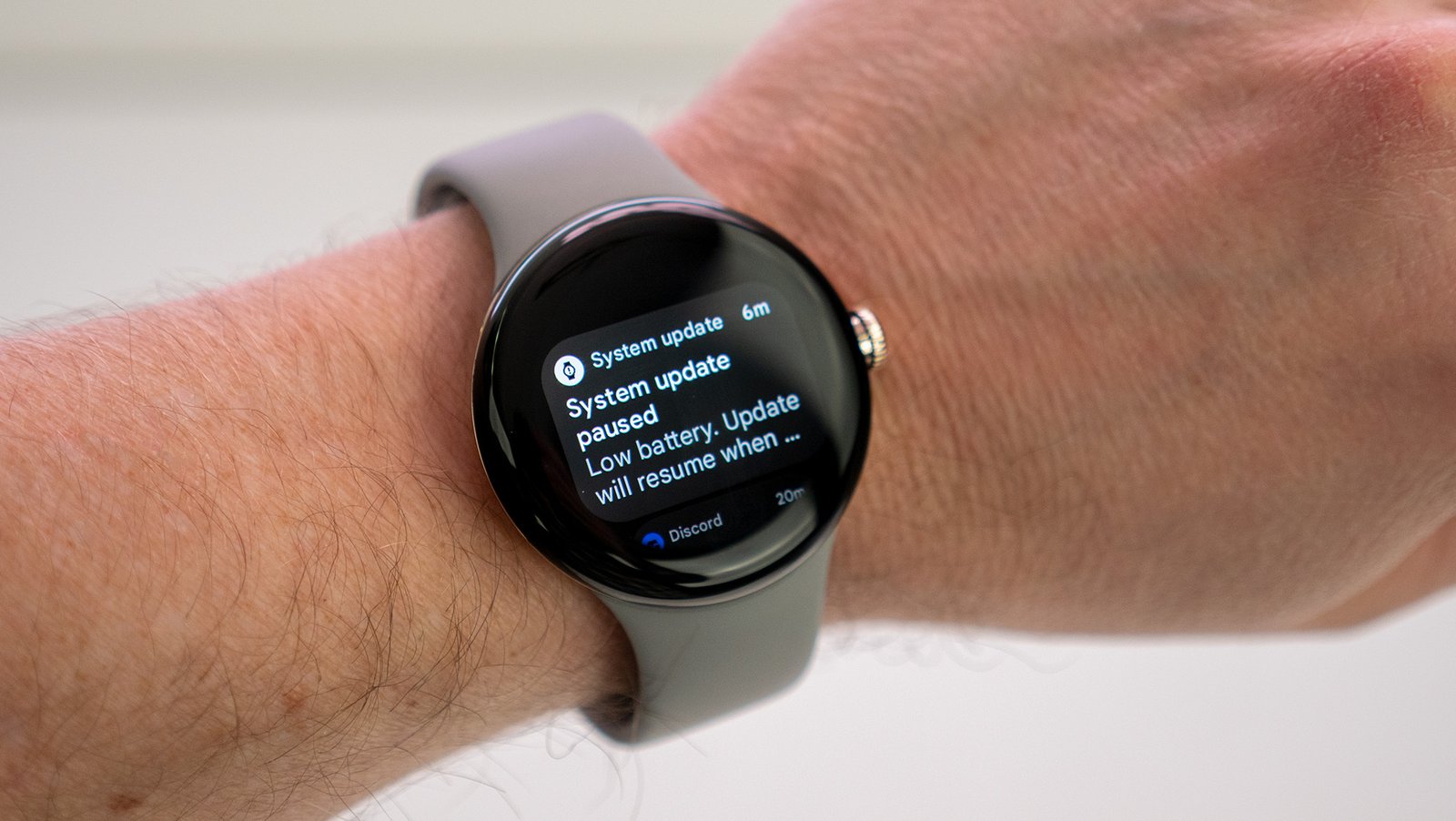
On the other hand, Google commits to “at least three years” of updates for its Pixel Watches, starting from the initial availability on the Google Store, which would extend support for the 2022 Pixel Watch until October 2025.
Google has demonstrated faster updates for its previous models compared to Samsung, making it plausible for Wear OS 6 to roll out in October. However, Google hasn’t specified “major” update guarantees like Samsung, potentially limiting the Pixel Watch 1 to only security updates as time progresses.
From this single Samsung beta announcement, we can’t deduce much. But clarity will come later this year, providing insight into how long Wear OS devices remain equipped with the latest software innovations. Regardless of whether they get two, three, or four OS updates, we’ll have to consider if that duration is satisfactory.
Do Wear OS watches need to live up to Apple Watches for longevity?
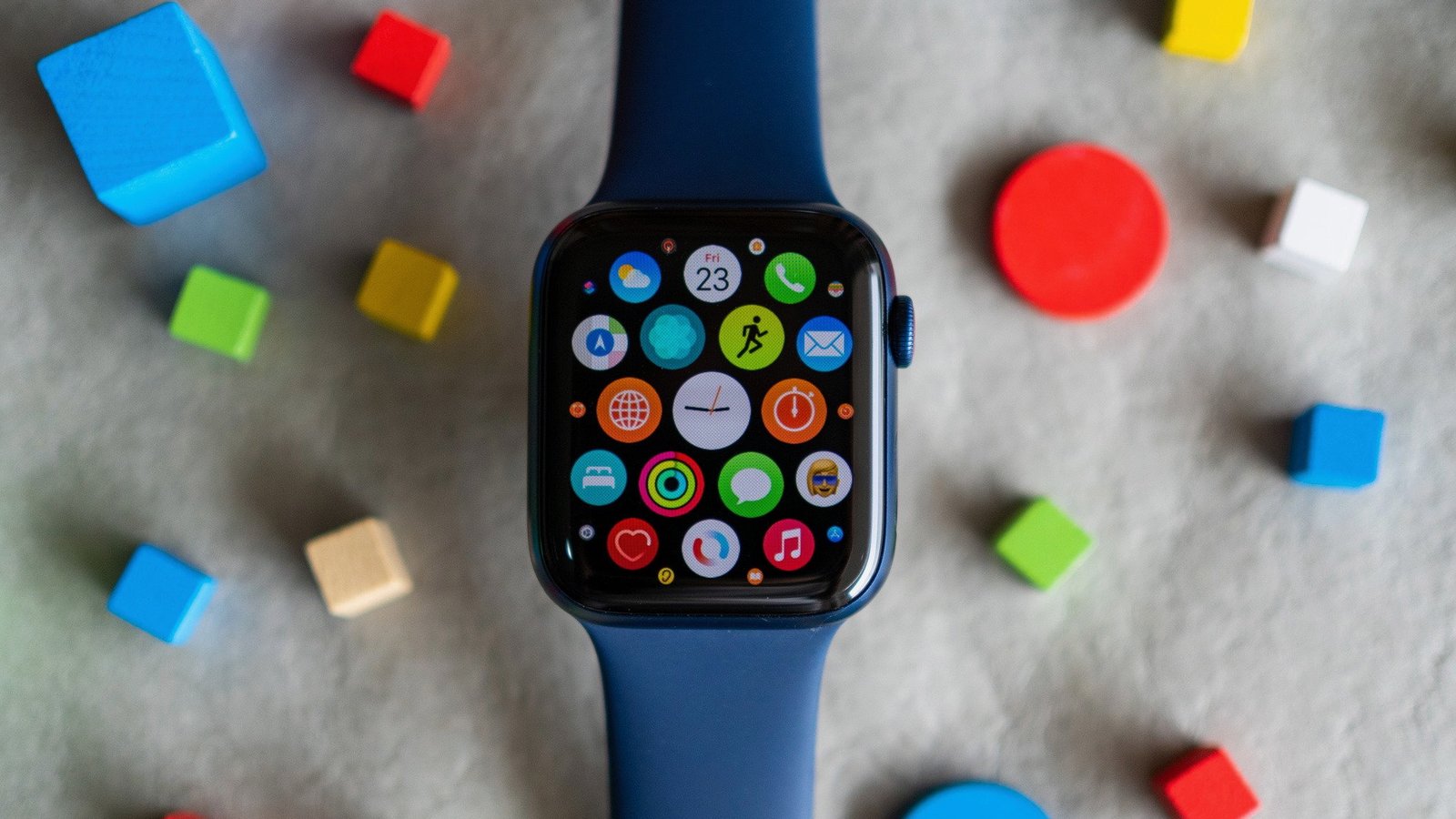
Later this year, the 2020 Apple Watch Series 6 will receive watchOS 26, which will likely be its final substantial update, although occasional major security patches might still be issued. This raises concerns for Galaxy Watch 4 and Pixel Watch buyers from 2021 and 2022.
Apple’s unofficial five-year commitment to its watches is quite unique. While Garmin watches are known for durability, their features tend to dwindle after one or two years, leaving some fitness models lacking what was advertised at launch.
Like its phones, Apple designs its watch silicon, which facilitates smooth integration across generations due to its architectural control. On the other hand, Samsung also produces Exynos chips for its Galaxy Watches, so one would expect similar advantages.
Considering a Galaxy A16 5G can be purchased for $100 less than a Galaxy Watch 7 and receive six years of OS updates, it raises the question of whether price prevents watches from receiving adequate support.
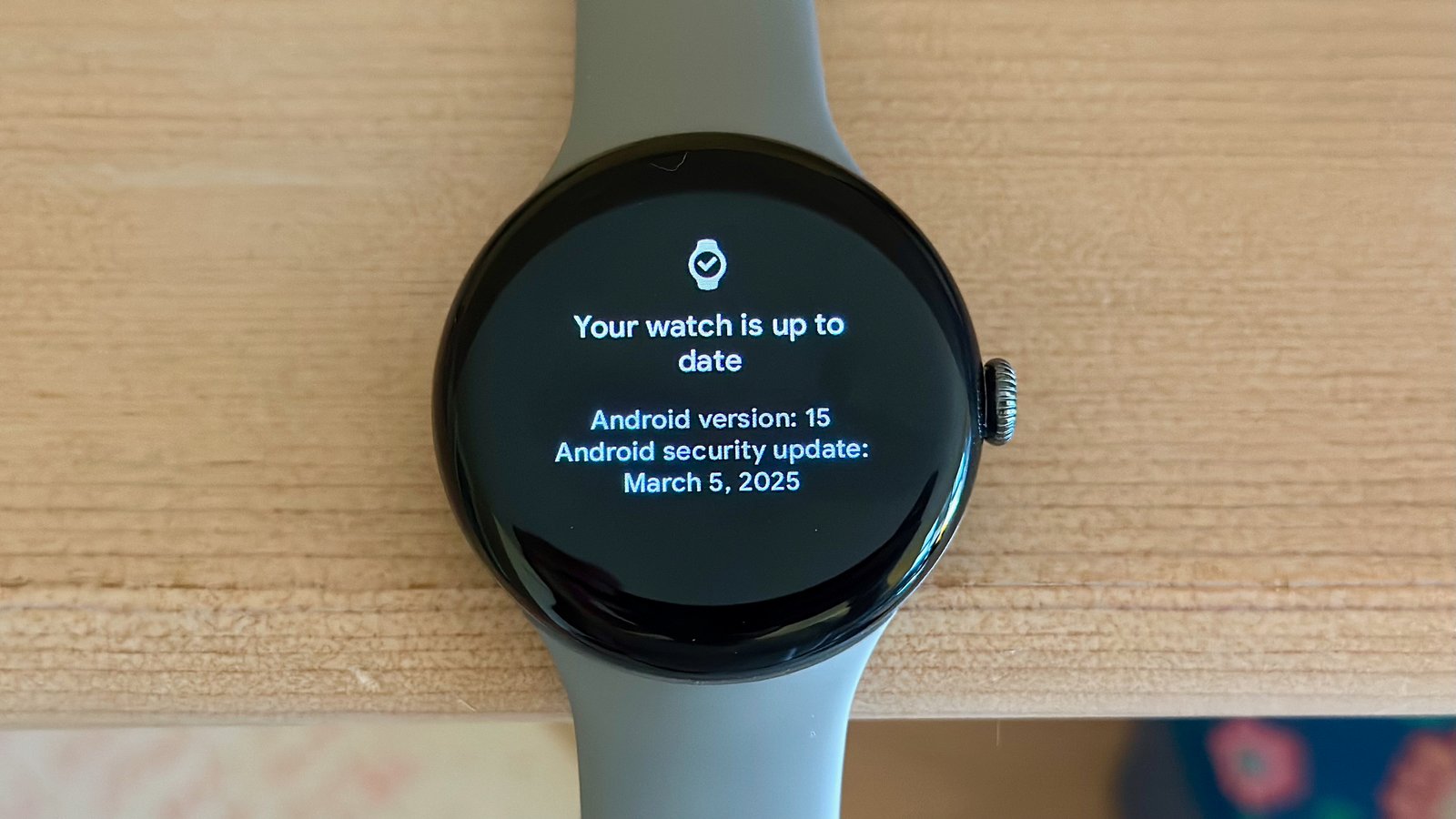
Even an affordable phone typically boasts 3-4 times the RAM and several more ARM Cortex cores compared to an average smartwatch SoC. Samsung’s Galaxy A16 has enhanced headroom and better thermal solutions compared to a Galaxy Watch, which is tailored for maximum battery life. Introducing new Wear OS features could disrupt system balance.
Over the past year, we’ve observed Google having to retract Wear OS 5 due to issues and subsequently address significant bugs with Wear OS 5.1. Google aims to revitalize its watches quarterly with new features, but faces challenges in execution.
Perhaps once Qualcomm rolls out its new Snapdragon Wear chip or Pixel Watches transition to RISC-V architecture, they’ll gain the ability to extend longevity. Additionally, moving beyond the Pixel Watch’s 2018 Exynos 9110 chip could allow Google to innovate more boldly with Wear OS 6, delighting fresh users while leaving original customers abandoned.
Do you care how long your Wear OS watch lasts?
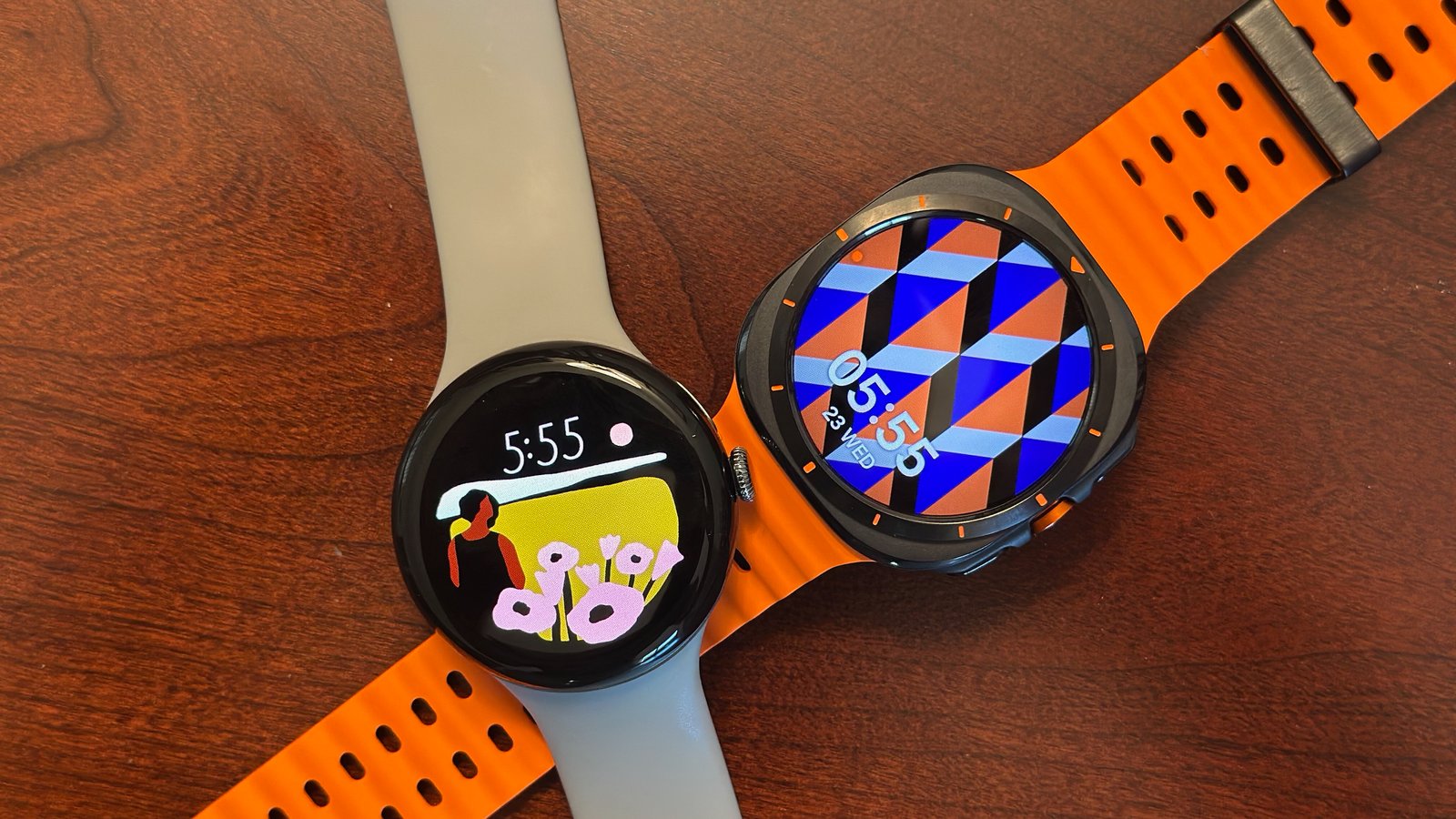
The realm of Wear OS watches reflects a diverse range regarding software longevity. While Mobvoi watches remain stuck on Wear OS 4 without Google Assistant, OnePlus commits to two OS updates and three years of security, though it takes longer than Google to upgrade last-gen devices. Google and Samsung clearly lead the pack.
To be candid, any smartwatch from 2022 or earlier shows stark limitations against current models in display quality, health sensors, and processing speed. Should consumers really feel *obligated* to upgrade so Samsung and Google can push forward from outdated technology, or should they anticipate receiving fresh features for up to four years?
As someone who upgrades to the latest watch tech annually, I’m used to having immediate access to new features and thus expect them. I’m curious about your perspectives as readers regarding these updates.
Would you find it disappointing if your Galaxy Watch 4 lacked access to Vascular Load, Running Coach, Antioxidant Index, and other features from One UI 8 Watch? Or if your Pixel Watch 1 missed out on Material 3 Expressive, third-party watch face apps, dynamic theming, and battery optimizations from Wear OS 6?
Or are you comfortable with the idea that upgrading every 2-3 years for substantial UI upgrades or advancements is just the way of things?
